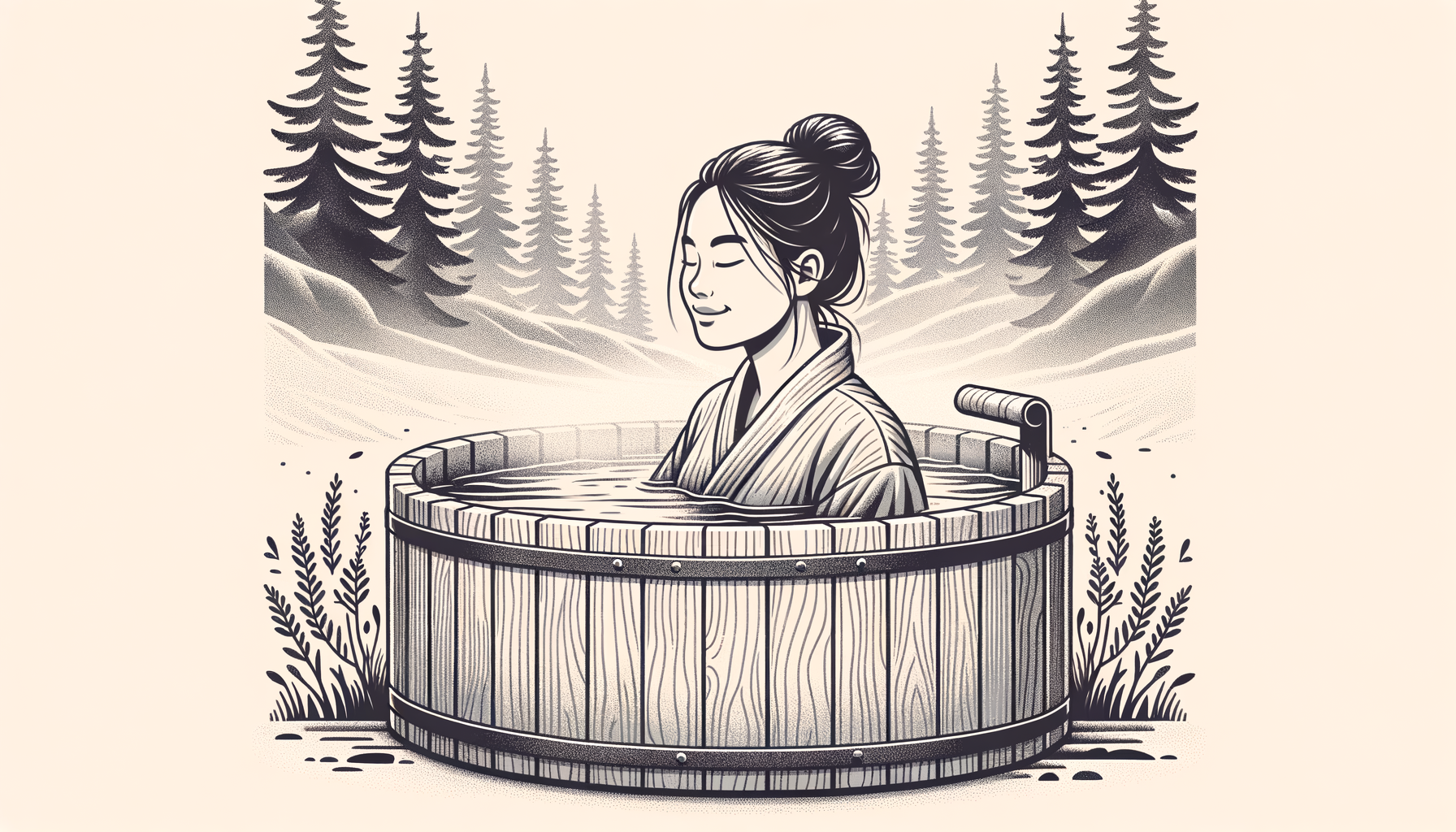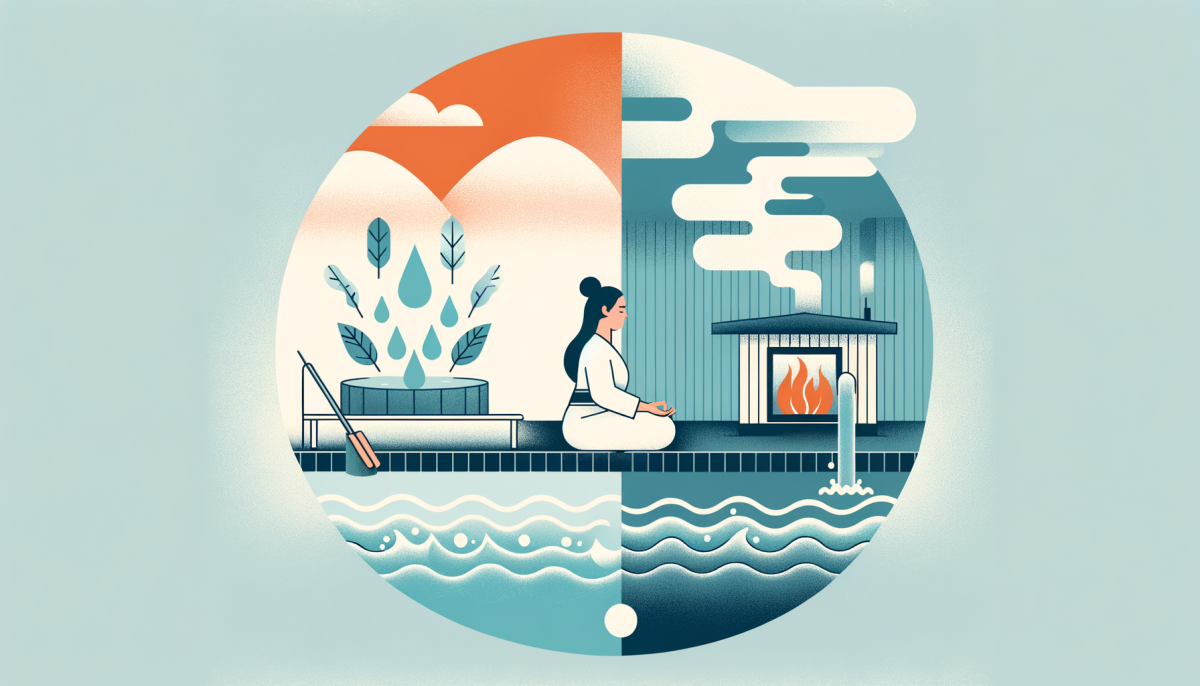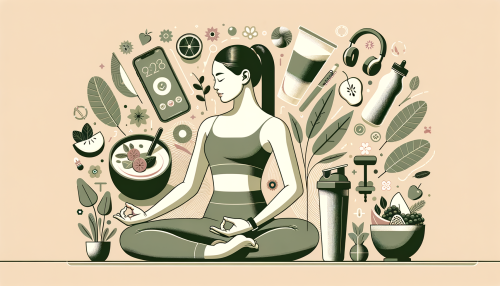Introduction
In the realm of self-care, a new trend is emerging that combines the contrasting elements of heat and cold. This practice, which involves alternating between cold plunges and hot saunas, is gaining popularity for its purported health benefits. This article delves into the intricacies of this ritual, exploring the benefits of cold plunges, the science behind hot saunas, and how to balance both for optimal results.
Benefits of Cold Plunges

Cold plunges, a practice that involves immersing oneself in cold water, have been a part of various cultures for centuries. The icy embrace of a cold plunge is believed to confer a multitude of health benefits.
Firstly, cold plunges are known to stimulate the body’s circulatory system. When the body is exposed to cold temperatures, it responds by constricting blood vessels to conserve heat. This process, known as vasoconstriction, enhances blood circulation and oxygenates tissues, leading to improved overall health.
Secondly, cold plunges are touted for their ability to boost the immune system. Studies have shown that regular exposure to cold water can increase the production of white blood cells, which play a crucial role in fighting off infections. This immune-boosting effect is particularly beneficial during the cold and flu season.
Lastly, cold plunges can have a positive impact on mental health. The shock of cold water triggers the release of endorphins, the body’s natural mood elevators. This can lead to feelings of euphoria and positivity, helping to combat stress and anxiety.
Hot Saunas Explained
On the other end of the temperature spectrum, we have hot saunas. Originating from Finland, saunas are small rooms designed to reach high temperatures, providing a heat therapy session for its occupants.
One of the primary benefits of saunas is their ability to induce sweating. This process helps to flush out toxins from the body, promoting healthier skin and improved organ function. Additionally, the heat from saunas can help to relax muscles and soothe aches and pains, making it an excellent recovery tool for athletes.
Saunas are also known for their cardiovascular benefits. The heat exposure causes the heart rate to increase, similar to the effects of moderate exercise. Regular sauna use can therefore contribute to improved cardiovascular health, reducing the risk of heart disease.
Furthermore, saunas can have a positive effect on mental wellbeing. The heat can help to reduce stress and promote relaxation, leading to improved sleep and overall mood.
Balancing Both Rituals
While both cold plunges and hot saunas offer a range of benefits, the key to reaping these benefits lies in balancing both practices. Alternating between the two can help to maximize the benefits of each, while also providing a unique sensory experience.
The practice of moving from a hot sauna to a cold plunge, known as contrast therapy, can help to enhance the benefits of both. The sudden change in temperature can stimulate blood circulation, boost the immune system, and promote detoxification. Additionally, it can help to reduce inflammation and speed up recovery after intense physical activity.
However, it’s important to listen to your body and adjust the duration and frequency of each practice according to your comfort level. It’s also crucial to stay hydrated and take breaks as needed to prevent overheating or hypothermia.
Conclusion
In conclusion, the practice of alternating between cold plunges and hot saunas is more than just a self-care trend. It’s a ritual that offers a multitude of physical and mental health benefits. Whether you’re looking to boost your immune system, improve your circulation, or simply unwind after a long day, this practice could be a valuable addition to your self-care routine.





